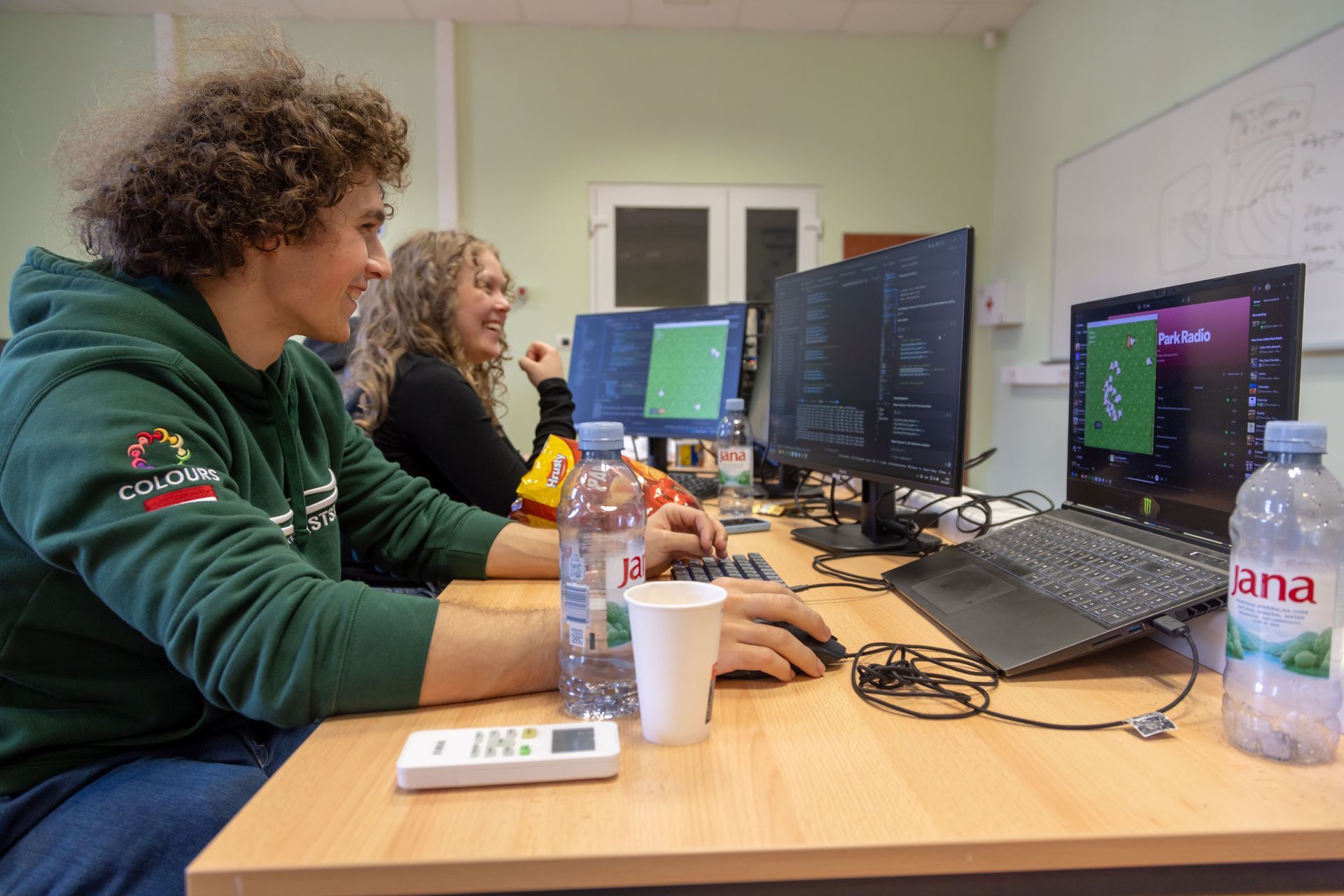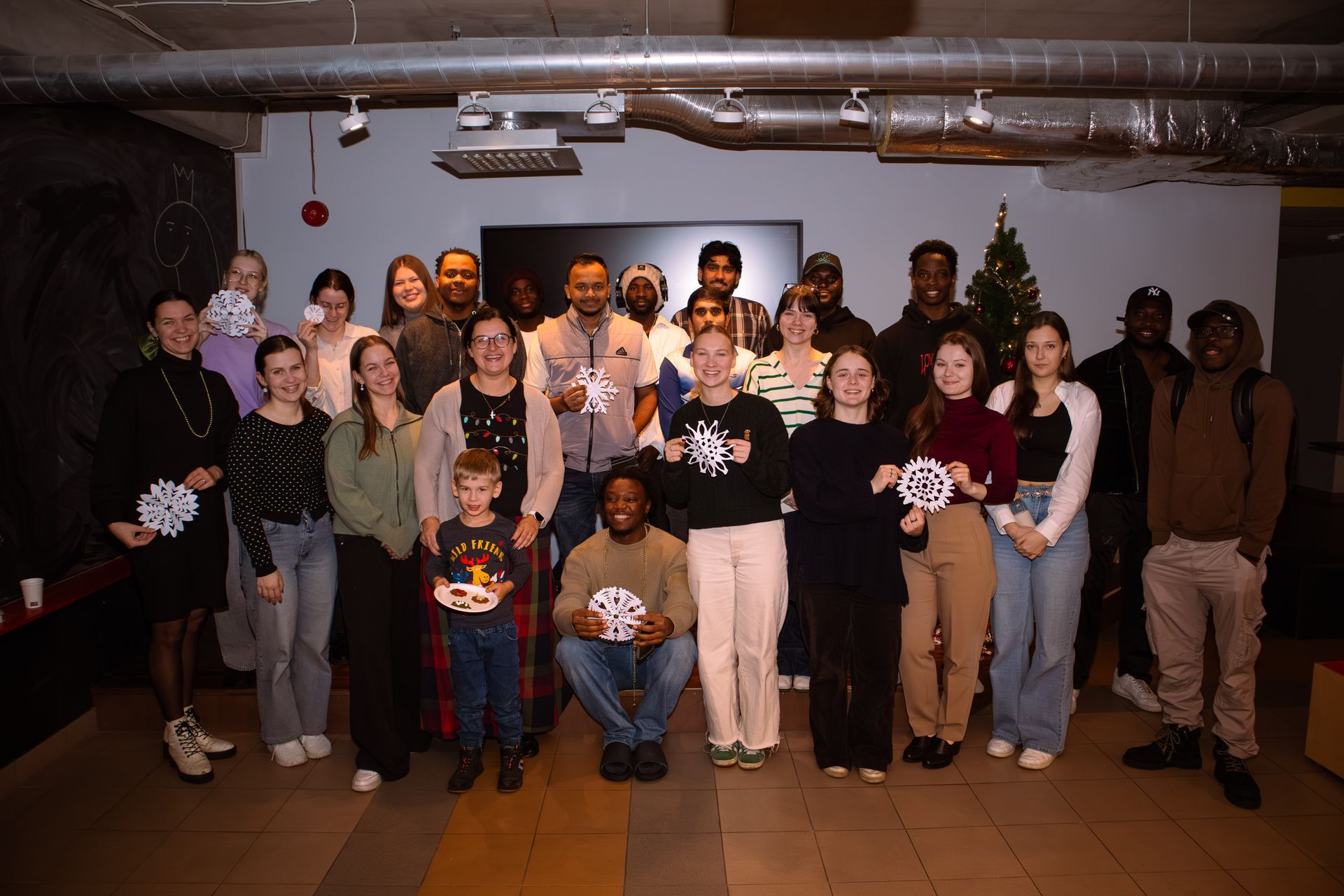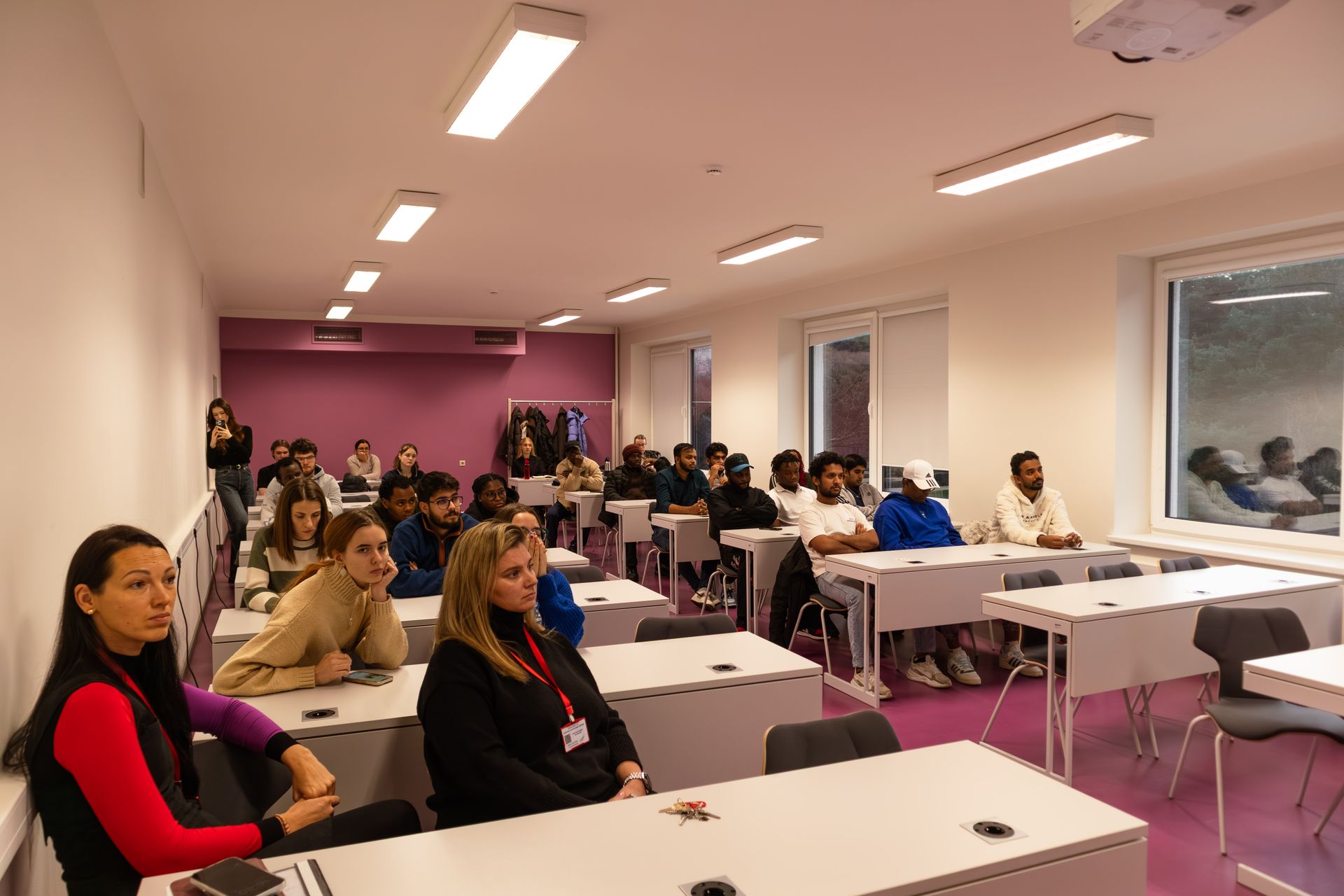Translation Faculty Hosts Internship Conference
On Thursday, January 18, the Faculty of Translation Studies held a day-long conference where undergraduate and master’s program students shared their internship experiences. An internship is a mandatory part of the study process for all students, signaling that only one semester remains before they must write and defend their bachelor’s or master’s thesis to graduate.
The committee heard presentations from 28 students. Five students completed their internships at the translation company Skrivanek Baltic, while four honed their skills translating for the online media group TVNET GRUPA. Three students engaged in audiovisual translation at DIGI MEDIA, working on films, series, and television shows.
Two students successfully strengthened their interpreting skills during internships at the Latvian Parliament (Saeima). Another two chose to intern at the translation company Valodu Vēstniecība and the Baltic-German Higher Education Liaison Office.
In total, the students gained practical experience at five different translation companies, as well as in a news agency, a court, a Latvian cultural center abroad, and other institutions. They worked with a variety of language pairs, including Latvian, English, German, Russian, Spanish, and Lithuanian.
The four-month internship is a crucial part of every future translator’s or interpreter’s training. It provides insights into personal strengths, highlights areas for improvement, and often reinforces confidence in their chosen profession. Many of the internship providers have been longstanding partners of the Faculty of Translation Studies, making invaluable contributions to the professional growth of emerging translators. Additionally, feedback from the internship providers helps refine and improve the study process.
The faculty’s academic staff were pleased with the students’ performance, with the committee awarding six students an "excellent" evaluation for their achievements.
We wish all students resilience in completing their qualification papers and extend our gratitude to every internship provider who tirelessly supports the next generation of translators!
Share on other platforms
Other news







